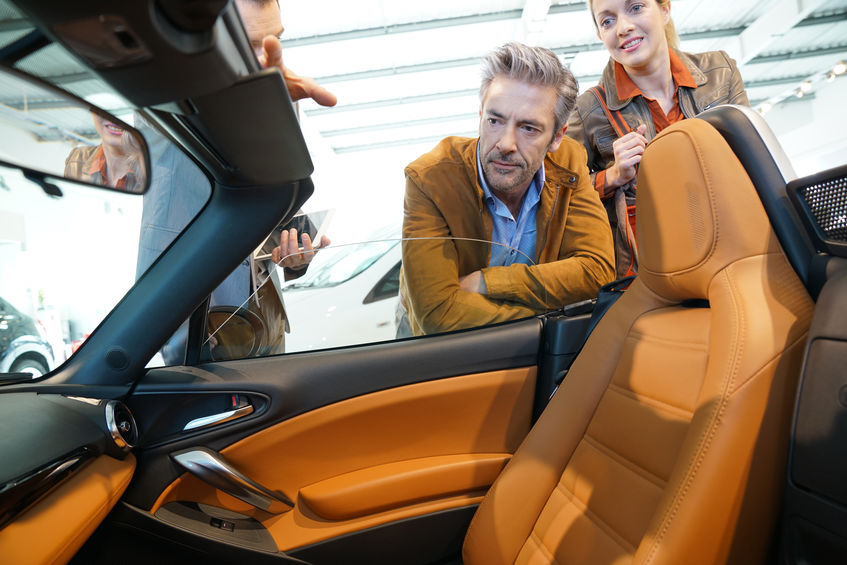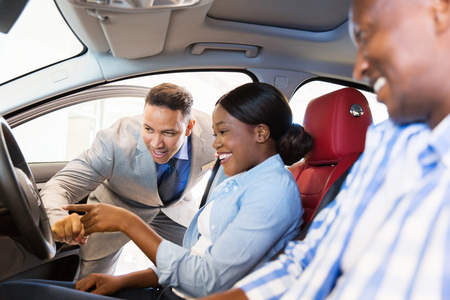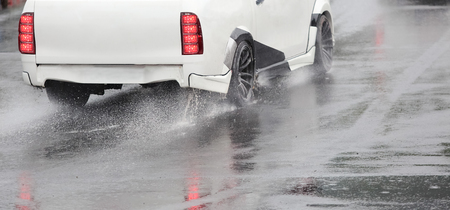For some people, the only way to drive is with the top down. While many drivers out there are fine with standard vehicles, you know that the thrill of having a convertible is too much to ignore.
But how can you be sure that you’re picking the right model? Before you make a final decision, you’ll want to consider these factors. At Bob Johnson Insurance, we understand the appeal of an elegant convertible, which is why we’re here to help.
Safety Features
No matter what kind of car you drive, you want to feel safe when you’re on the road. However, convertibles have some extra precautions you’ll want to take since the top half of the vehicle is missing. Some essential elements to consider are:
- Roll Bars – these bars help protect any passengers in case the car flips over.
- Airbags – side impact bags are going to be more critical in a convertible, so make sure your model has them.
- Rearview Camera – although a convertible offers more visibility for the driver, it may not be enough. Eliminate blind spots with these cameras.
Hard vs. Soft Top
When picking out the right convertible, one of the most crucial elements will be the top. For the most part, drivers prefer having a soft top that comes with an automatic folding system. However, if you’re driving something with a little more panache, a hardtop may be more preferable. Let’s look at the pros and cons of each.
Hardtop Convertibles
These models will resist wear and tear much better, and they will avoid leaks in the rain. However, they can be cumbersome to attach, and you may not be able to bring it along. In that case, you can risk damaging the inside of your car if the weather gets foul.
Soft Top Convertibles
For the most part, these units are much more convenient, especially if you’re worried about the weather. However, they can get damaged easily, so keep that in mind.
Other Considerations
If you’re new to the world of convertibles, then you may not be aware of all of the various elements that come with your new ride. Here are some additional factors to think about.
Wind Noise – It will be much louder with the top down which can interfere with conversation and music while you’re speeding down the highway.
Wind Damage – Not only will your hair fly around, but the wind can catch other items in your car and send them flying. Be sure to secure items in the car.
Putting Top Up/Down – It can be a process to convert your car, so make sure that you’re prepared to do this whenever necessary.
Security – You can’t leave valuables in your car when the top’s down, so make sure that you don’t fall victim to theft. Also, your car can be stolen much easier if the car is unattended and the top is down, so plan for that as well.
Trunk Space – The top can take up much of the storage on your vehicle, so be aware of that.
Climate Control – A/C and heating are useless when you’re exposed to the elements. Some new models have heated seats to alleviate this issue, but it can still be a problem for some.
Overall, if you’re committed to the convertible life, then you can prepare yourself for anything. Contact Bob Johnson Insurance to make sure that your new ride is covered, and enjoy the road as it was meant to be.




